https://vimeo.com/304804065
Staying safe this winter, by our head trainer Jenny Richardson BHSAI
Winter-time can mean increased risk factors for horsey accidents – slippery surfaces, darker days, frisky, fresh horses, windy weather and equine dietary changes, for example – so what can we do to reduce the risks, and ensure we enjoy our horses during the colder season?
Here, I share some tips to stay safe in the saddle this winter.
- Develop balance – this can help you sit a ‘spook’. Two main elements aid equilibrium; good core balance, and whole-body balance, the latter gained through co-ordinated muscle strength. Ask your instructor to help develop a flatwork programme that includes work without stirrups; this will aid strength in the key seat and leg muscles, allowing you to respond quickly to changes in balance. Many riders make the mistake of simply working on the core muscles, but ‘whole-body balance’ is equally important, and can really improve riding effectiveness and security.
- Choosing to wear a correctly-fitting riding helmet is a life-changing decision. Accidents outside of the livery yard or home-arena involving horses can be serious, but wearing the right hat when riding can make a difference to a rider’s outcome. If you’re hacking, an up-to-standard helmet without a fixed peak is the safest.
- Wear a body protector if you’re riding over fences; lumbar and thoracic back injuries are the most common injuries over fences, so always protect your back.
- Be safe on the roads by wearing ‘hi-vis’ fluorescent tabards, rugs and accessories – wearing a high-vis item is said to dramatically improve drivers’ braking responses by three seconds, on average. This undoubtedly reduces the risk factor for falls. Another way to provide drivers with extra awareness is by wearing a safety light mounted on a harness or tabard; riders wearing them are said to be easily seen from up to one km away.
- Make sure you’re equipped with all manner of head-torches and lamps so you can stay safe when working on the yard, or when walking to non-lit areas.
- Utilise lunging, which by its nature is a shorter form of training, to maximise your schooling time, so you’re not riding when it is too dark.
- Introduce feed changes gradually – sometimes horses can become scatty or fresh due to their diets, especially if the starch content alters.
- If you’re not competing, why not use the time to utilise groundwork training or flatwork, aiming to hone obedience? A horse that stands still, for example if you have to dismount when hacking, or god forbid have a fall, is a boon. Winter is also a good time to practise standing still for mounting, and also moving close to unusual objects from which to mount – e.g. a fence, bank or large rock.
- Make sure your tack fits well – if a horse has lost muscle and / or gained weight, the fit may differ. A slipping saddle would not be a welcome addition to a hack! Likewise, pinching under the saddle panels can cause the horse to buck or nap.
- Check your brakes! Hone your schooling and transitions at home, so you have some control and obedience, and make sure your horse’s bits are suitable.
- Book a training holiday with us to boost skills & confidence. Click here for further details.






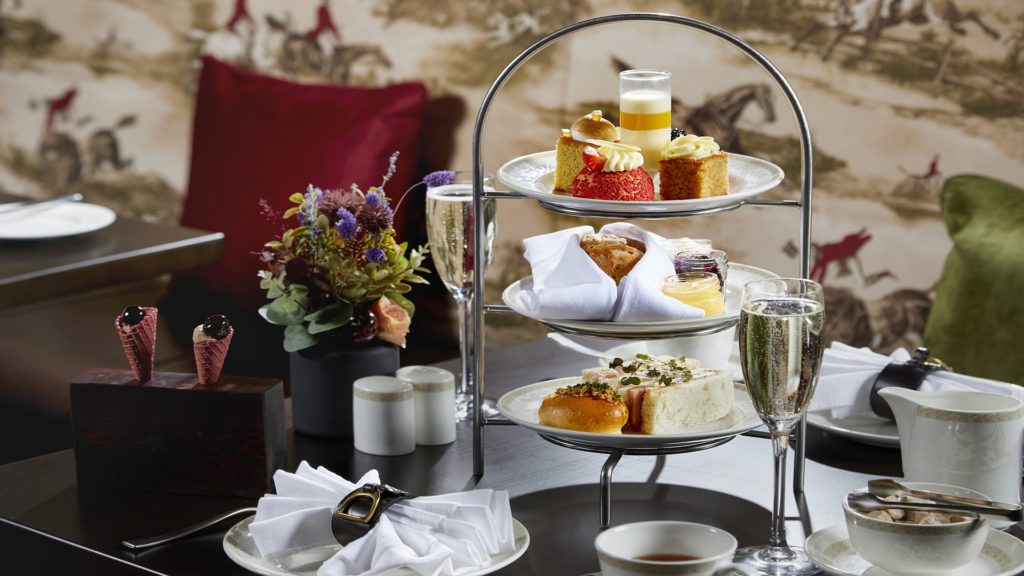

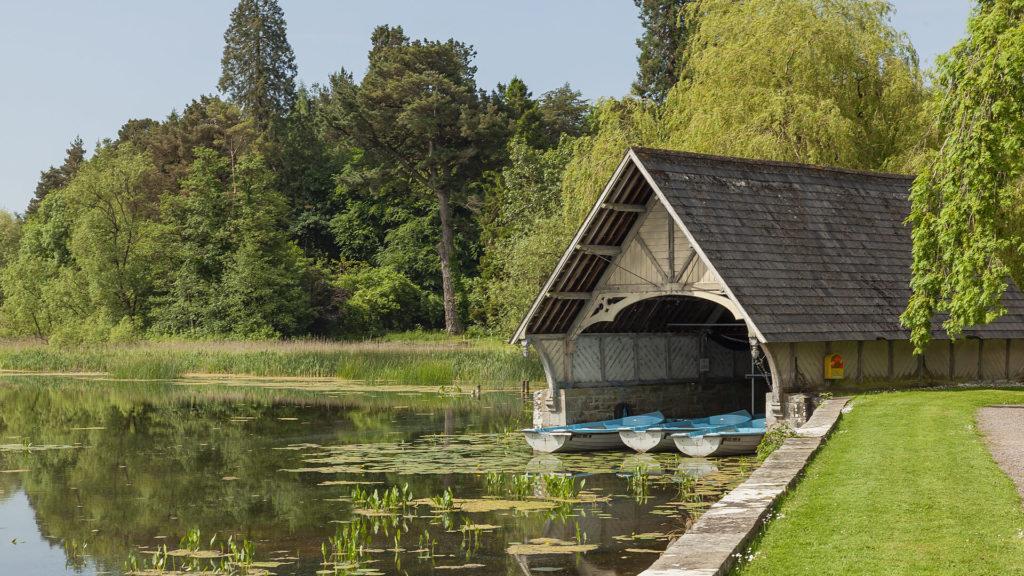


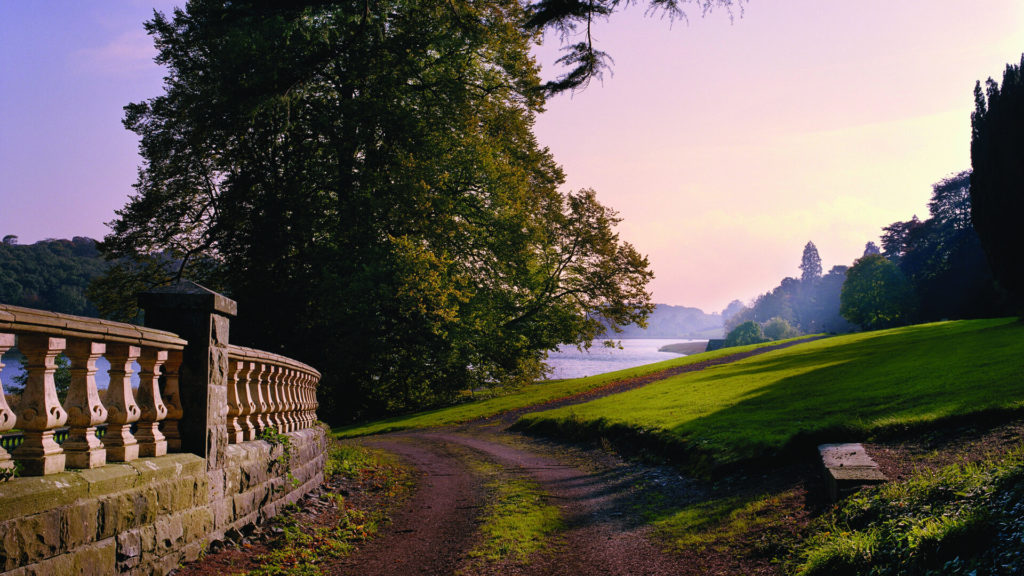


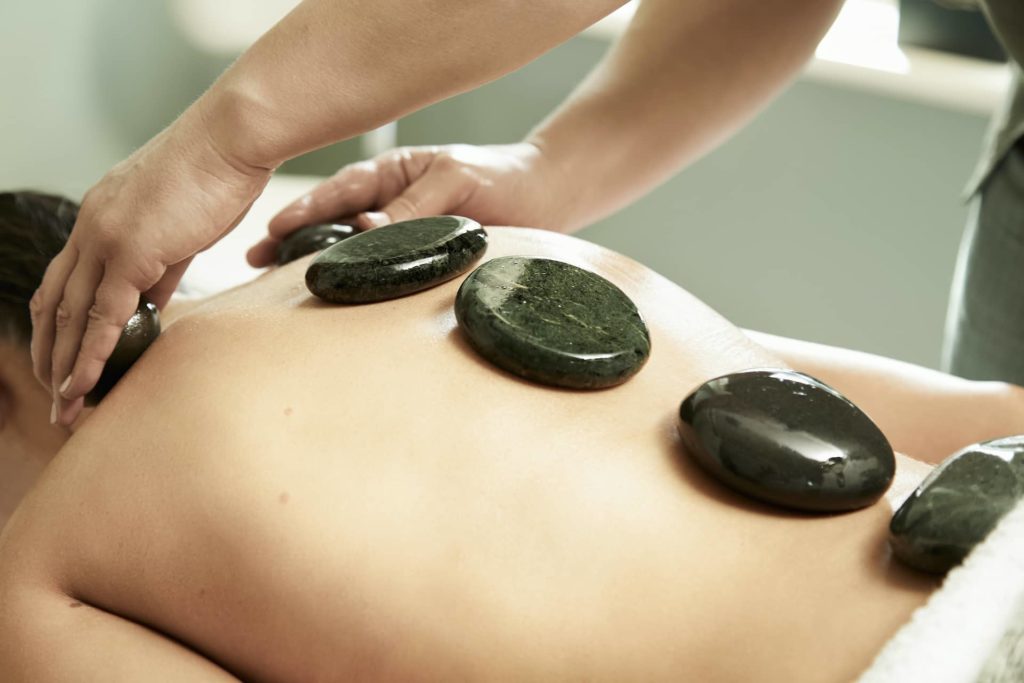
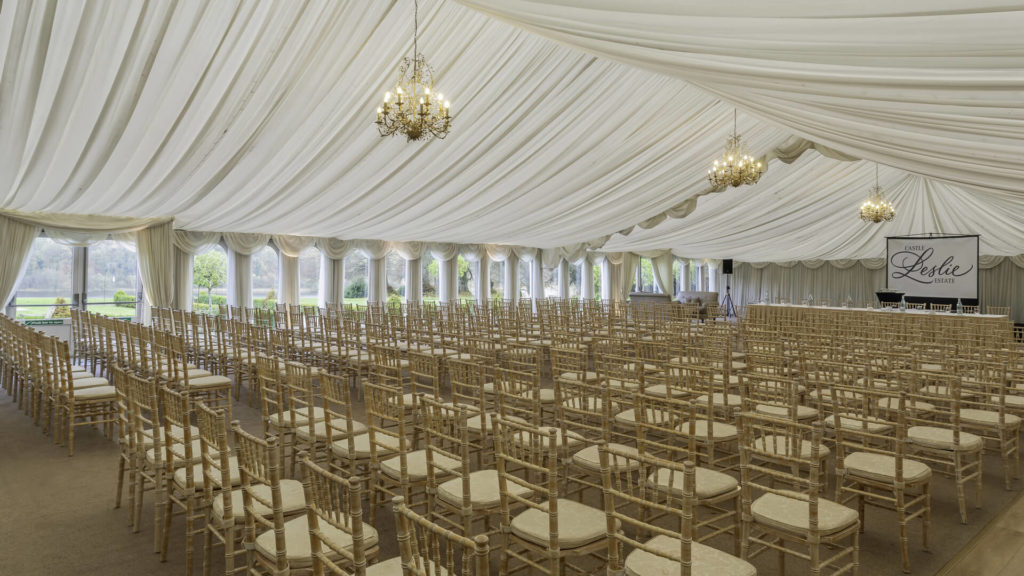

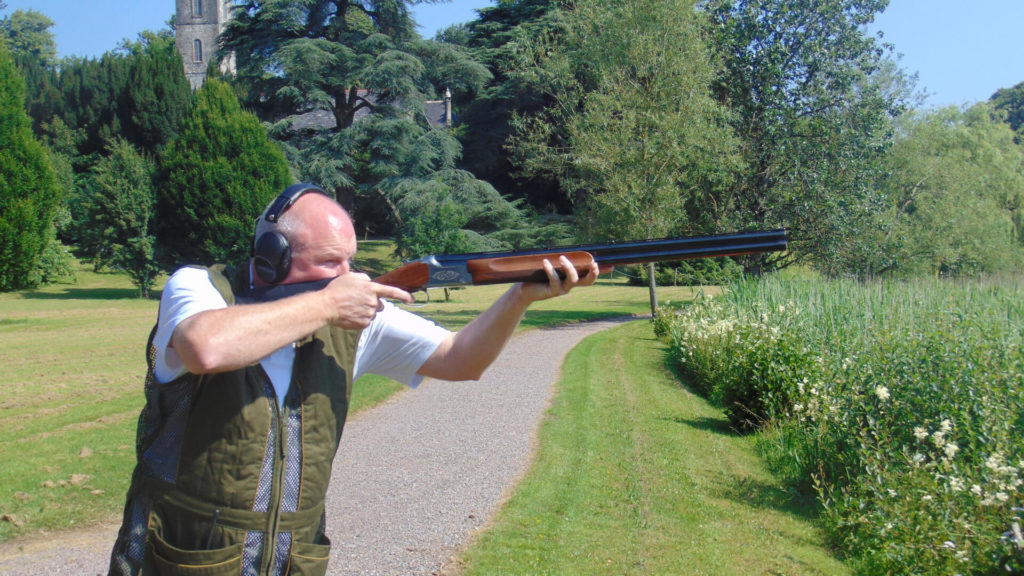



Recent Comments